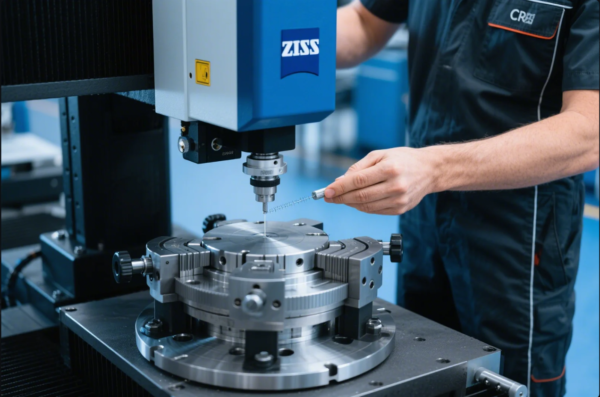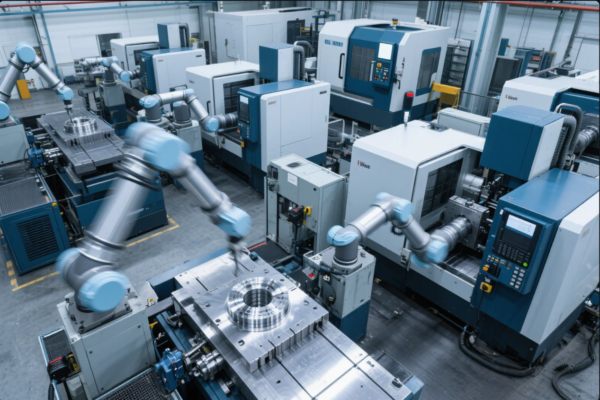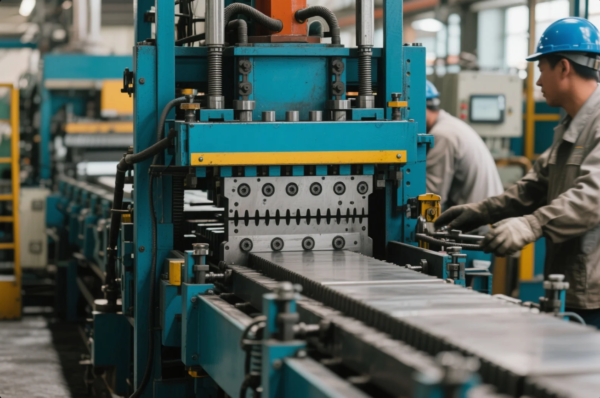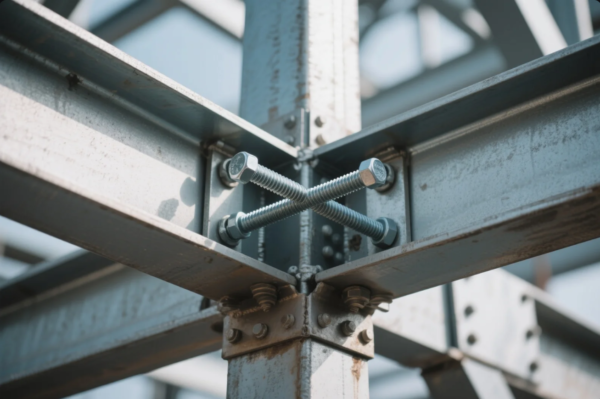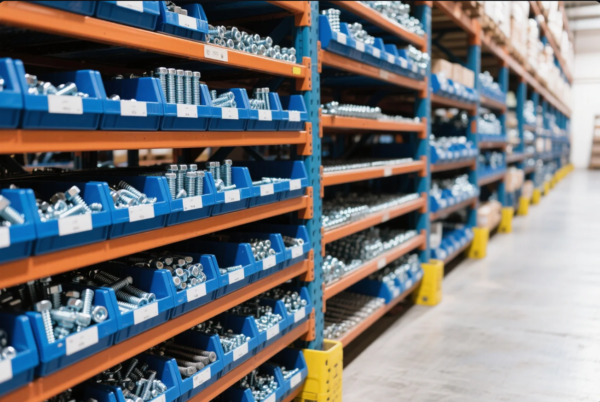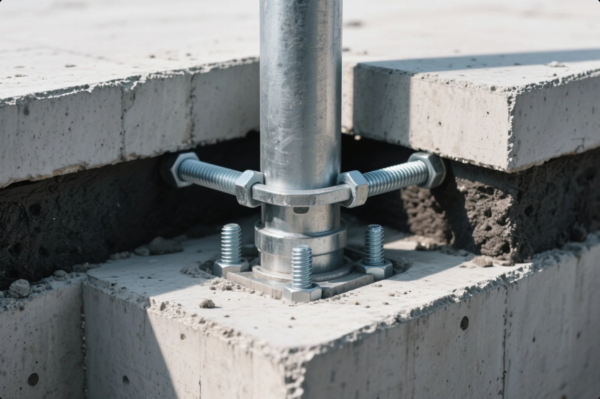What Is the Max Forge Temperature?
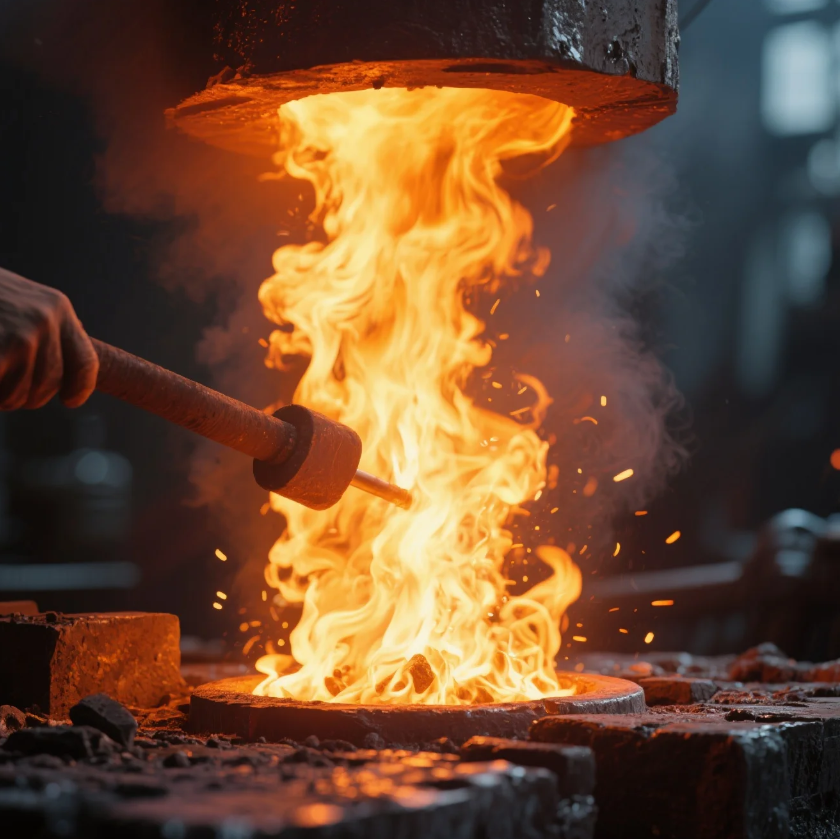
When it comes to forging metal, temperature plays a critical role in the process. The heat required to shape different metals varies, and knowing the maximum temperature of your forge is essential for successful metalworking. In this article, we’ll explore the maximum temperature for forging, the capabilities of popular forges like the Devil Forge, and the ideal temperatures for various forging projects.
Snippet paragraph: The maximum temperature for a forge typically ranges from 2,000°F to 2,500°F, depending on the fuel and type of forge. This heat is sufficient for most forging tasks.
Let’s break down the temperature requirements for forging and which forges can reach these temperatures.
What Is the Maximum Temperature for Forging?
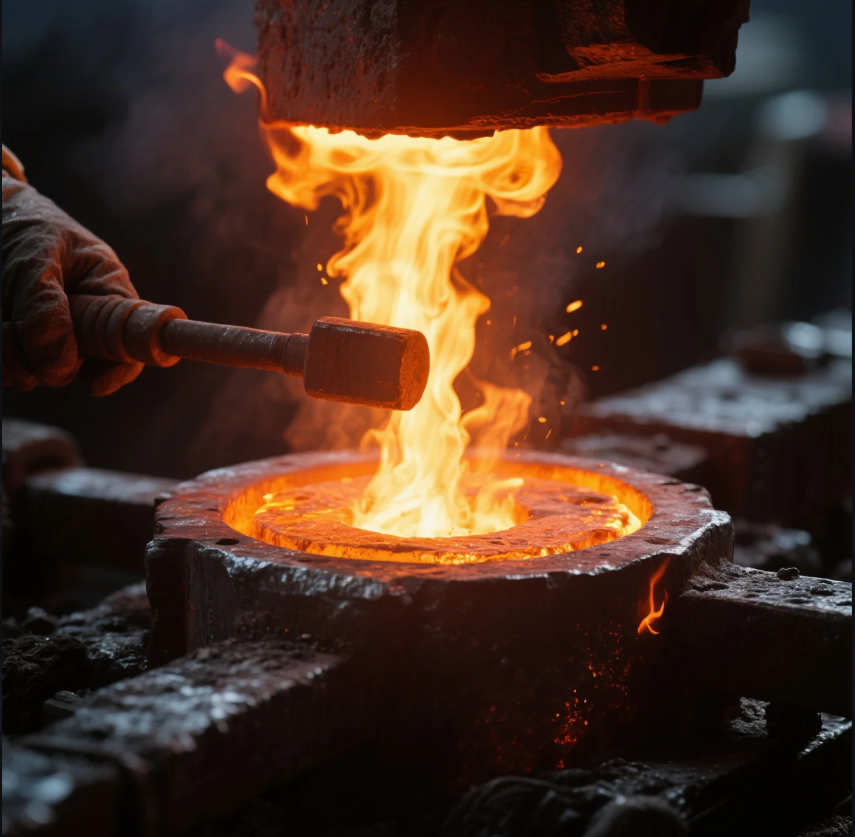
The maximum temperature for forging depends on the type of forge and the fuel being used. For most propane forges, the maximum achievable temperature ranges from 2,000°F to 2,500°F (1,093°C to 1,370°C). This range is more than enough for forging steel, aluminum, and other common metals.
Maximum Temperatures for Different Forges:
- Propane Forges: Can reach temperatures of 2,000°F (1,093°C) to 2,200°F (1,204°C).
- Coal and Charcoal Forges: These can reach higher temperatures, around 2,500°F (1,370°C), making them ideal for forging high-carbon steels.
- Electric Forges: These may have similar temperature ranges to propane forges, with the ability to achieve 2,000°F to 2,300°F (1,093°C to 1,260°C).
These temperatures are sufficient for shaping a variety of metals, from mild steel to more complex alloys. However, for smelting or working with materials that require extreme heat, such as certain high-alloy steels, specialized furnaces are necessary.
What Is the Maximum Temperature for the Devil Forge?
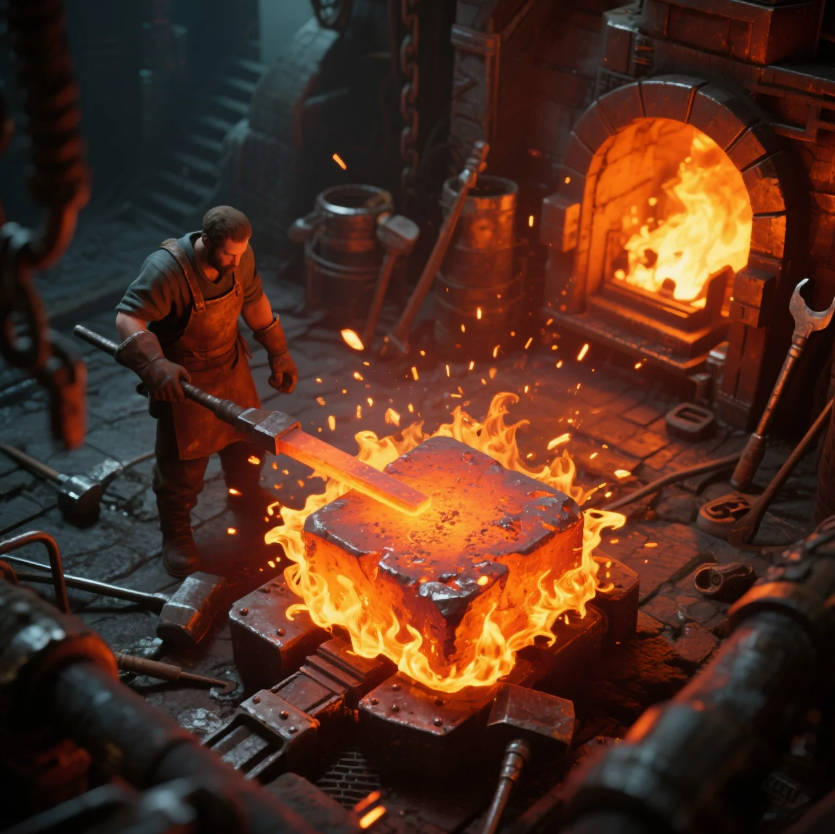
The Devil Forge, a popular brand of propane forges, is known for its efficiency and high heat output. The maximum temperature for a Devil Forge depends on the specific model, but most single-burner models can reach temperatures of 2,000°F (1,093°C), while multi-burner models can achieve 2,300°F (1,260°C).
Devil Forge Temperature Details:
- Single-Burner Devil Forge: These forges can reach temperatures up to 2,000°F (1,093°C), making them ideal for most blacksmithing and metalworking tasks.
- Multi-Burner Devil Forge: These are capable of higher heat levels, reaching up to 2,300°F (1,260°C), suitable for larger projects or more demanding metals.
The Devil Forge is a versatile tool for blacksmiths, offering adjustable temperatures for different forging tasks. However, for smelting or certain high-melting-point metals, a specialized furnace may still be needed.
What Is a Good Forging Temperature?
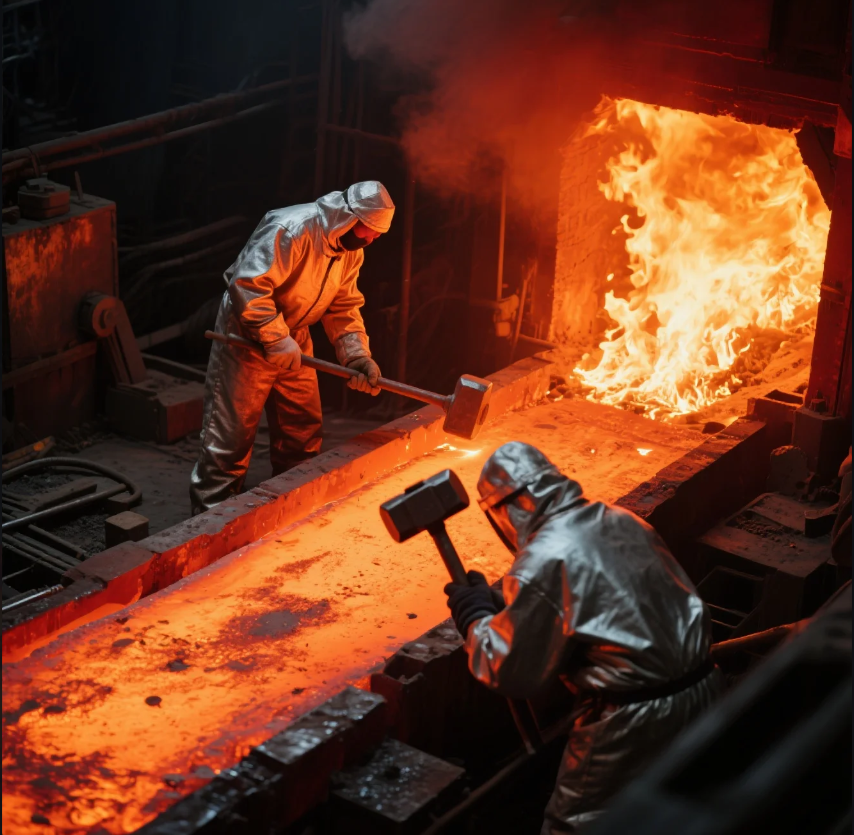
The ideal forging temperature varies depending on the type of metal you are working with. In general, most metals can be forged at temperatures between 1,300°F and 2,200°F (700°C to 1,200°C). This range provides enough heat to make the metal malleable without compromising its strength or integrity.
Common Forging Temperatures for Various Metals:
- Steel: Forged at temperatures between 1,300°F and 2,200°F (700°C to 1,200°C), depending on the type of steel.
- Aluminum: Typically forged between 700°F and 900°F (371°C to 482°C), as aluminum has a lower melting point than steel.
- Copper: Copper is usually forged at around 1,700°F (927°C).
- Titanium: Forged between 1,600°F and 2,200°F (871°C to 1,204°C).
Choosing the right forging temperature is essential to ensure that the metal retains its desired properties, like strength and durability, while also being malleable enough to shape.
What Is the Melting Point of Forged Steel?
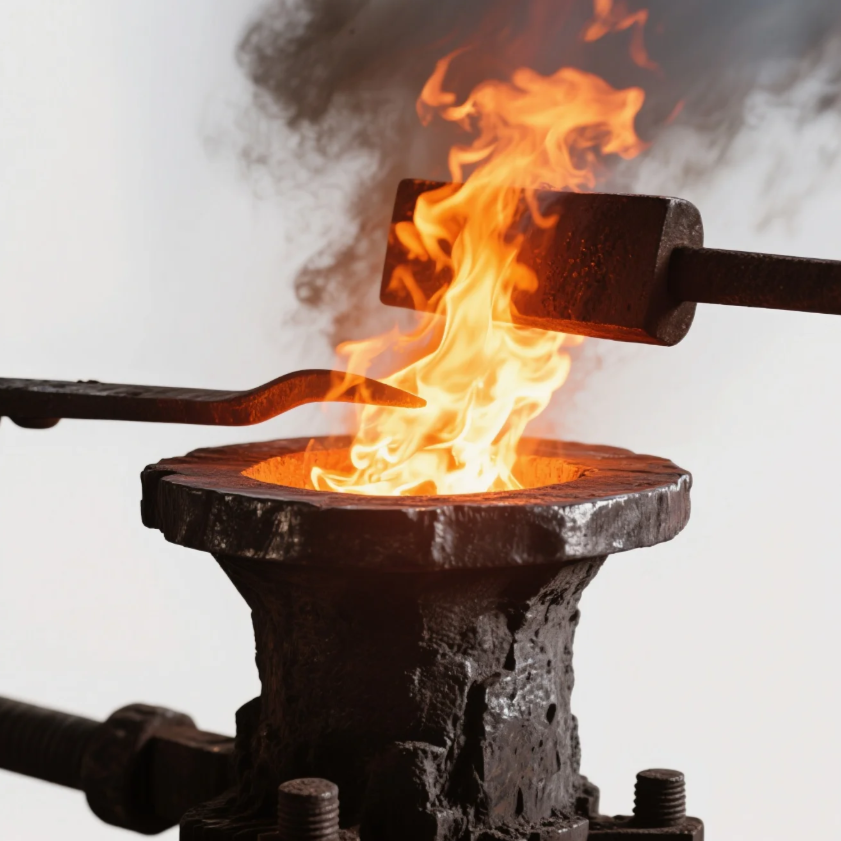
The melting point of steel depends on the specific alloy, but it generally ranges between 2,500°F and 2,800°F (1,370°C to 1,538°C). Steel must be heated to these temperatures for smelting, which is far higher than the temperatures required for forging. When forging steel, the goal is to heat the metal to a malleable state, not to melt it.
Steel Melting Point:
- Mild Steel: Melts at around 2,500°F (1,370°C).
- High-Carbon Steel: May melt at slightly higher temperatures, around 2,800°F (1,538°C), depending on the carbon content.
- Alloy Steels: The melting point can vary depending on the alloy, but generally falls within the 2,500°F to 2,800°F range.
While forging, steel should never be heated to its melting point. Instead, it should be heated to the forging temperature range to allow for shaping without losing structural integrity.
Conclusion
The maximum temperature for a forge typically ranges from 2,000°F to 2,500°F (1,093°C to 1,370°C), which is sufficient for most forging tasks, including working with steel, aluminum, and copper. For specific forges like the Devil Forge, single-burner models can reach around 2,000°F, while multi-burner models can achieve temperatures up to 2,300°F. A good forging temperature generally falls between 1,300°F and 2,200°F (700°C to 1,200°C), depending on the metal. For smelting steel, temperatures above 2,500°F are needed. Whether you’re forging tools, blades, or decorative pieces, understanding your forge’s temperature capabilities is key to achieving the desired results. For professional-quality forged parts, contact Prime today to learn more and get a custom quote.

